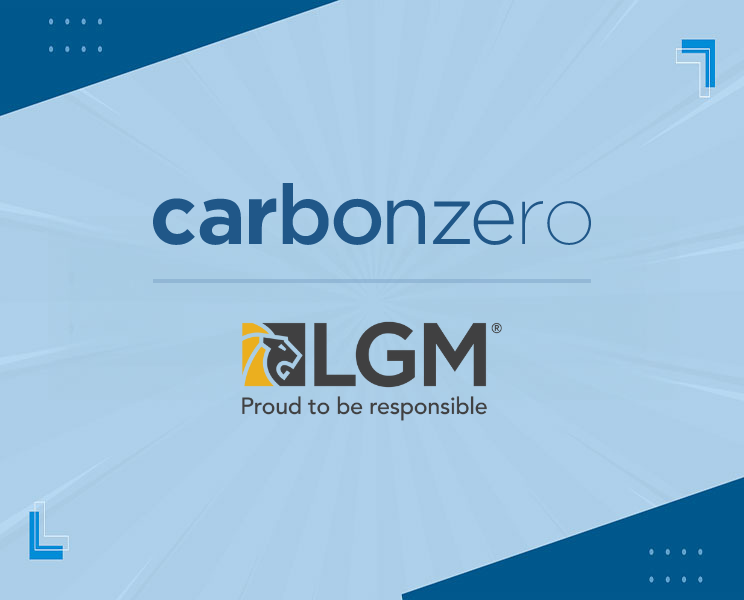As originally appeared in Autosphere Mag, June 2023.
Author: Huw Evans
During the Great Recession of 2008-2009, many dealers came to realize that the real profits and long-term growth for their businesses lay in fixed operations. New vehicle margins have continued to compress over the years, and while used cars can be a great source of revenus, it is in the service department where consistency and transparency can really pay off.
The front line
When it comes to customers, service advisors are the ones on the front line, as the face of the dealership and by extension, the OEM. Yet often, service advisors don’t get the training they need to truly excel in their roles, which creates friction and can lead to dissatisfaction and a loss of customers and revenue. Plus, in the age of social media, good reputations that have been hard to earn can easily and quickly be lost via a single negative experience.
Making matters more complicated is the current economic environment. Higher inflation and interest rates are forcing more customers to tighten their wallets, which means they’re less likely to purchase a new vehicle and more likely to hold on to their existing one. And iwth more people driving since the pandemic, that means more service and repairs are needed.
Furthermore, J.D. Power’s 2022 Canada Customer Service Index-Long-Term Study revealed that while the frequency of automotive service visits and revenue increased overall during 2022 (compared to 2021), dealerships saw bigger gains than aftermarket shops when it came to frequency of visits.
Significant Opportunity
This growth in frequency provides a significant opportunity for dealers to ensure their service advisors are optimally trained to meet the needs of customers, enabling them to create confidence in the service experience. Doing so effectively often translates into repeat and referral businesses, which ultimately leads to long-term loyalty and profitability.
Nevertheless, there are a few things to consider. Jake Stacey, Executive Vice President of Sales & Training, at LGM Financial Services notes that in order to do so, service advisors need to understand the needs of their customers, as well as how to talk to them. An effective way of doing this, she says, is for dealers to create a customer assessment worksheet for each client during the sales process.
Additionally, having a liaison or coordinator between the sales and service departments helps ensure that the first time a customer comes in for service, such as changing their winter tires for all-seasons, the service advisor fully understands how the sales process went in the the business office during the purchase, which maintenance and protection products the customer purchased, and what their driving habits are.
Seamless transition
The objective, says Stacey, is ensuring a seamless transition from sales to service. This can also include a service advisor referral from the salesperson or brand specialist who sold the customer the vehicle. “Three weeks post purchase you should really be following up with that customer,” explains Stacey, “making that post-delivery follow-up, and then transferring that customer to fixed ops.” She notes that even today, such practices aren’t followed enough, and in a post-COVID era where customers expect more, it needs to happen.
Read the rest of the article: here.


